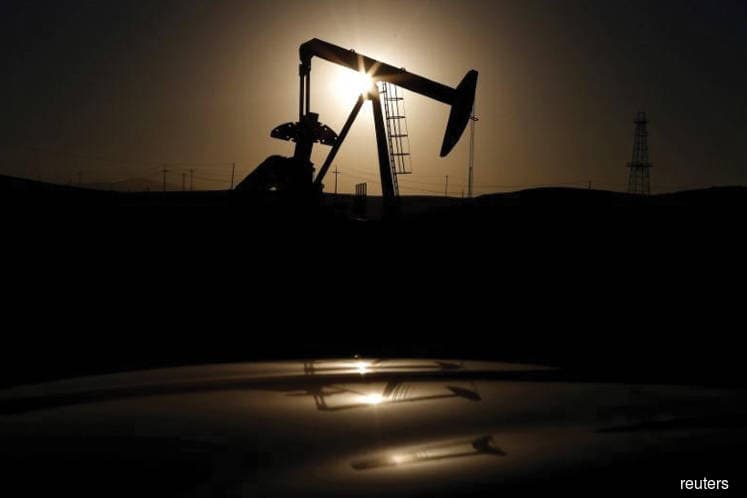
This article first appeared in The Edge Financial Daily on September 26, 2018
KUALA LUMPUR: The oil and gas (O&G) industry may be at the doorstep of a “real recovery” four years after its latest downturn, as upstream activities pick up pace and oil prices remain at encouraging levels, say industry players.
Velesto Energy Bhd president Rohaizad Darus said the jack-up rig company, one of the worst hit when oil prices crashed in 2014, has benefitted from the two improving factors.
“Oil price has gone up and we have seen activity levels going up. For us, we are lucky to benefit from that ... Now all seven of our rigs are working,” Rohaizad told reporters at the Malaysian Oil & Gas Services Exhibition & Conference 2018.
“Also with the good news that we heard about Opec not increasing production, the oil price has hit US$81 (RM335.34) [yesterday]; I think we are starting to see a real recovery in the O&G industry.”
Similarly, integrated O&G services provider Cekap Technical Services Sdn Bhd said the outlook for the O&G industry is “very encouraging” for now. “Of course it is not like [during the good days] in the past but we can see more activities presently, and more so in the near future,” its executive chairman Sofian Yahya said.
Petronas has said it plans to increase upstream capital expenditure in Malaysia up to RM15 billion this year, from RM12 billion last year, in what is described as a “pace-based” increase in activities.
However, charter rates have lagged behind the modest increase in activities. “But I believe it is going to improve next year because more and more rigs are being deployed,” said Rohaizad.
Meanwhile, Sofian said margins “have been improving” modestly from last year. He said companies should further add value to services which they provide and bring in more innovations.
“Then we can work for even better margins in future,” said Sofian, whose firm’s operations are at about 75%-based locally, against 25% overseas.
Multiple sub-sectors, including rig operators and offshore support vessel players, have suffered squeezed margins when the oil price crashed at end-2014, as contracts were renegotiated.
An industry observer with knowledge on the matter told The Edge Financial Daily in August that Petronas has indicated interest to discuss the possible revision of rates from the 2014 lows, but there have been no concrete results.
Similarly, Rohaizad said “we are still in the tendering process. But based on our understanding of the potential progress [of the negotiations], I believe next year will see better charter rates”.
“This is compounded by the fact that there’ll be more rigs to be utilised — such as Saudi Aramco getting nine rigs next year, Qatar Petroleum about eight, Abu Dhabi National Oil Company getting about six — I believe there is going to be some upside on the [charter] rates.
“I can tell you [our average utilisation rate in 2018 will be better than [that] last year. Based on the current situation, I believe utilisation rate in 2019 will be even better than [that in] 2018,” he said.
“As [Petronas president and group chief executive officer] Tan Sri Wan Zulkiflee Wan Ariffin said, as of September there are 20 rigs already deployed in Malaysia. It is a significant increase from 15 at end-2017,” he added.